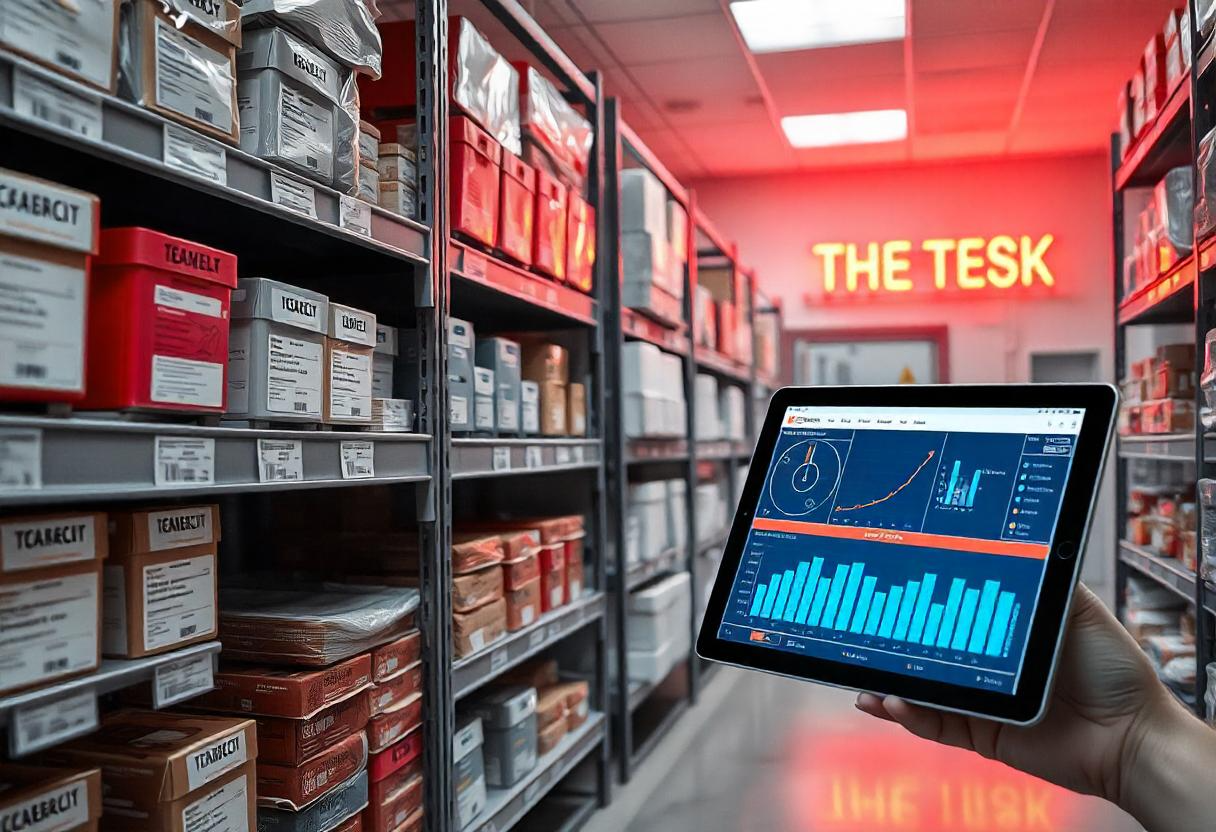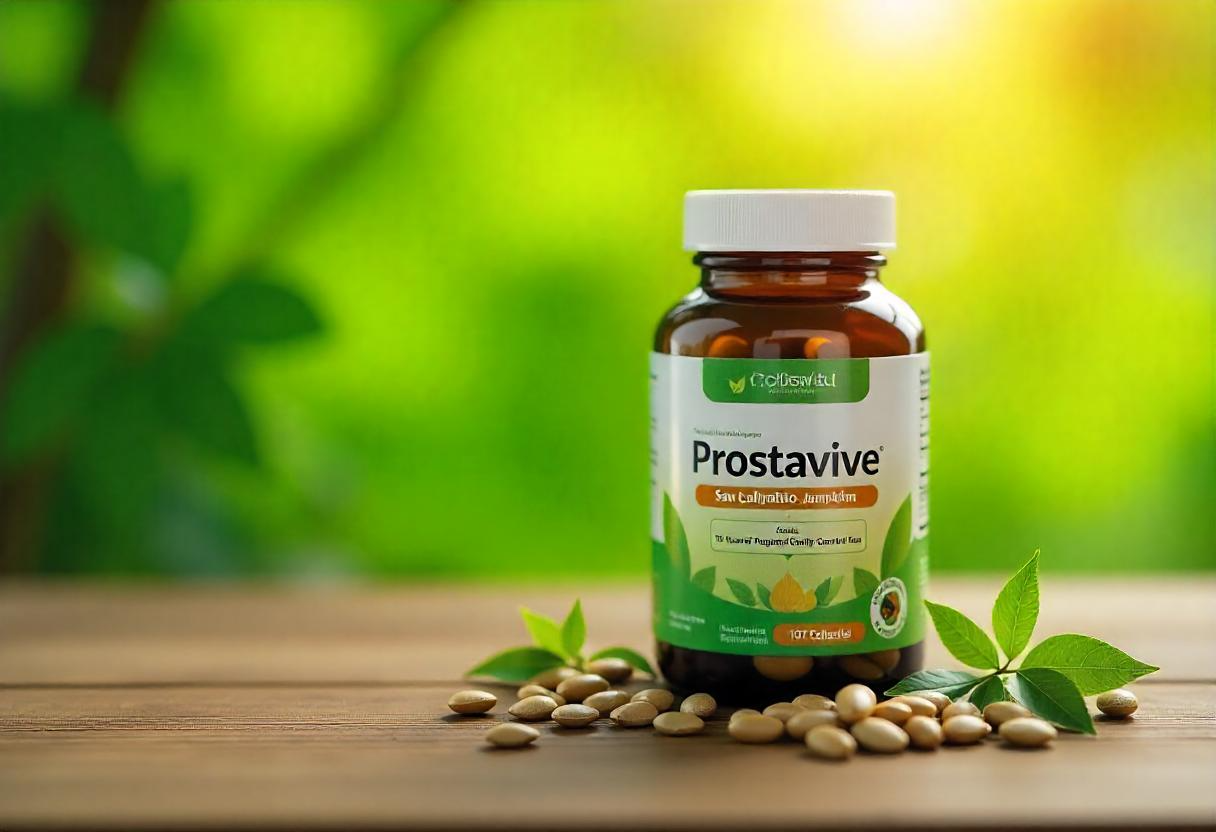Key Takeaways
- Australia: The Universal Medicare program is the backbone of the health system that provides affordable and equitable care.
- USA: Superior technology and specialists of global standard, yet at exorbitant costs.
- People of Australia have longer life spans and better public health results.
- Those in the USA who have excellent insurance are given quick, first-rate care; quite a few are still without coverage.
- Verdict: Australia takes the lead in fairness and affordability, and the USA leads in innovation.
Choosing the place to live or work is often more than just about the lifestyle. It can be the healthcare system that makes you fall in love with the country, or the opposite way. Australia and the USA are both among the leaders in medical innovation, yet their strategies are miles apart. While one is focused on universal access, the other is all about patient choice and market competition. The question is straightforward: Which country is the one with the best healthcare in 2025? Let’s analyse it.
Australia’s Model – Medicare for Everyone
The Australian healthcare system is based on Medicare, which is a program paid for by taxpayers that guarantees access to basic services for every citizen and permanent resident.
How it Works:
- It is paid for by a 2% Medicare levy on taxable income.
- Medicare covers general practitioner (GP) visits, hospital treatment in public facilities, and medicines that are subsidised through the Pharmaceutical Benefits Scheme (PBS).
- If patients want to have private health insurance, they can get access to the health insurance extras that include dental, optical, and faster elective surgeries.
Why It Works:
Australia succeeds in combining affordability and accessibility with strong health outcomes. The biggest problem? Long waiting lists in public hospitals for non-urgent care.
USA’s Model – Market-Driven and High-Tech
The healthcare system in the US is primarily based on private insurance, and government programs are there to cover the areas that are not included by the insurers. The US system is fundamentally different from Australia in this aspect, as there is no universal system that takes care of everyone.
How it Works:
- The majority of workers in the United States are insured through the company they work for.
- Some are dependent on Medicare (65+), Medicaid (low-income), or obtained private plans from the open market.
- The United States is world-famous for medical innovation, leading hospitals, and highly specialised medical fields.
The Trade-Off:
The USA is a leader in innovative medical procedures; however, the expenses are extremely high. Insurance does not cover everything, so even patients who are insured have to pay deductibles, co-pays, and receive unexpected bills. A large number of people are either completely uninsured or have insufficient insurance, thereby creating a significant gap in access to healthcare that persists.
Side-by-Side Comparison
| Factor | Australia | USA |
| System Type | Universal (Medicare + private insurance) | Private-dominated with government programs |
| Cost | Low – services subsidized, safety nets cap expenses | Very high – world’s most expensive healthcare |
| Access | Equal access through Medicare; wait times for electives | Access depends on insurance; many uninsured |
| Outcomes | Life expectancy ~83 years, low infant mortality | Life expectancy ~77 years, higher infant mortality |
| Choice | Choice via private insurance; slower public system | Wide choice and speed for those with good coverage |
Head-to-Head: Key Factors
1. Cost
- Australia: Medical attention is cheap. Public hospital care is free of charge, and the government subsidises drugs. Patients with a chronic disease have their out-of-pocket expenses limited.
- USA: The expensive system worldwide. Despite having insurance, people are often burdened with medical debt.
2. Access & Equity
- Australia: The universal healthcare system is designed to cover every citizen, and essential services are provided to them. Some shortages may occur in the countryside, but the level of equity is still pretty high.
- USA: Availability of care is entirely your money and insurance. A vast number of people are without insurance.
3. Health Outcomes
- Australia: A longer average duration of life, more effective management of chronic diseases, and lower mortality rates of diseases that could be prevented.
- United States: Although the healthcare system is advanced, the overall outcomes are less favourable because there is a disparity in access to care.
4. Speed & Choice
- Australia: While the public system may result in waiting for a long time, private health insurance allows you to avoid delays and gives you the option of selecting your doctor.
- USA: If your coverage is good, you will be able to get in touch with specialists and have access to top-notch hospitals.
Pharmacy Courses in Australia
If the students are planning to become healthcare professionals, then pharmacy will be their top choice, as it is one of the most sought-after careers in Australia.
Study Pathway
- Bachelor of Pharmacy (BPharm) – 4 years.
- Master of Pharmacy (MPharm) – 2 years (post Bachelor).
- Internship training (6–12 months).
- The pharmaceutical licensing test is to be modified from 2025 so that only the OPRA Exam (Overseas Pharmacist Readiness Assessment) will be the one to require foreign graduates to pass.
Why Choose Pharmacy in Australia?
- The demand for pharmacists on the Skilled Occupation List remains strong.
- Opportunities for Permanent Residency (PR) after gaining work experience.
- Balancing your professional life through both clinical and community pharmacy is possible.
Elite Expertise’s OPRA Exam Prep Course
The OPRA exam is your major challenge if you are planning to become a pharmacist in Australia. To get through it effortlessly, Elite Expertise offers a concentrated course.
Course Highlights
- Includes biomedical, pharmaceutical, and clinical sciences.
- 80+ expert lectures (live + recorded).
- 10,000+ practice questions.
- Access is not limited to a certain period until you clear the exam.
- Mentor and WhatsApp group support.
Duration & Fees
- 5 months
- AUD 1,700 + GST
- Skills assessment help: AUD 200 + GST
Eligibility
- Pharm, M.Pharm, or Pharm.D graduates (outside Australia, the United Kingdom, the United States, New Zealand, Canada, and Ireland)
A staged process for students from abroad who want to get a temporary license to practice in Australia.
Final Words
Healthcare systems in Australia and the USA are very different in their design and scope. The Medicare system in Australia is based on justice and availability, hence establishing a safety net for every resident and ensuring that the health costs would not become unmanageable. In contrast, the United States is known for its medical breakthroughs, top hospitals, and quick access, but this exclusivity is limited only to those who have comprehensive insurance and can afford it.
Most people would consider Australia as having the most balanced, safe, and affordable system, which would make it the first choice for daily healthcare and the individual’s long-term health needs. The USA can be a good option for the patient when it comes to highly specialised treatments or when the case involves medical research and a technology career. The “best” country is a matter of choice, depending on which features a person prefers: affordability and equality (Australia) or innovation and speed (USA).
FAQs
Which country has cheaper healthcare?
Australia offers low-cost universal care.
Who gets better access to doctors?
Australians via Medicare, Americans via insurance.
Which system gives faster specialist care?
USA, if you have strong insurance.
Where are medicines more affordable?
Australia, through the PBS subsidy.
Who lives longer on average?
Australians, with ~83 years life span.
Which country invests more in innovation?The
USA leads in research and technology.
Where is healthcare more equitable?
Australia ensures access for all residents.
What’s the main drawback in Australia?
Long waiting times for electives.
What’s the main drawback in the USA?
High costs and uninsured population.
Which is better for pharmacy careers?
Australia, with the OPRA exam and PR pathways.





